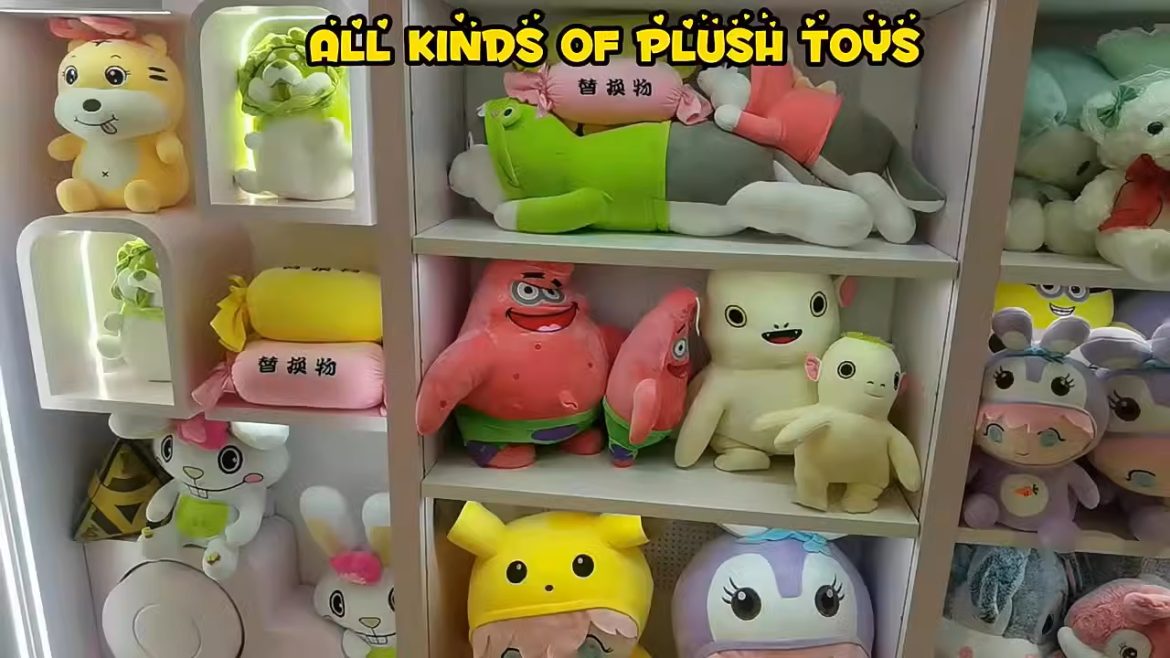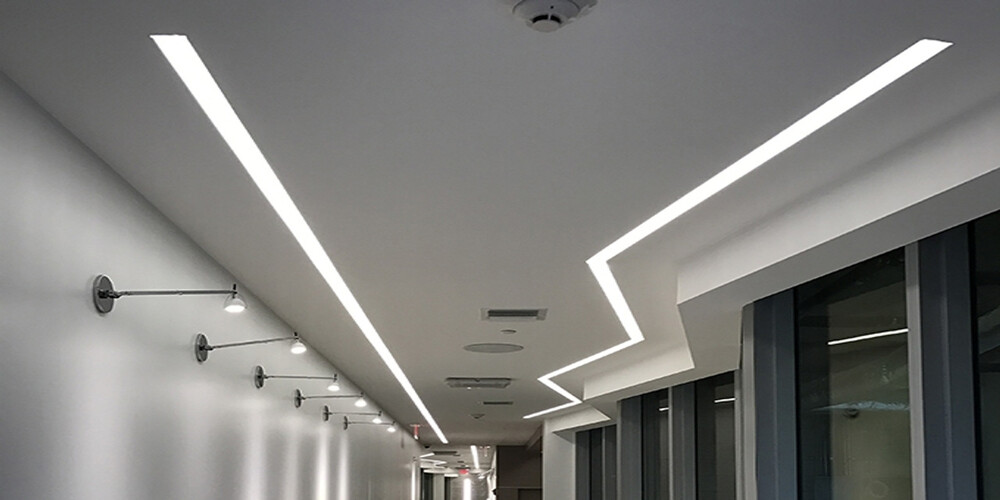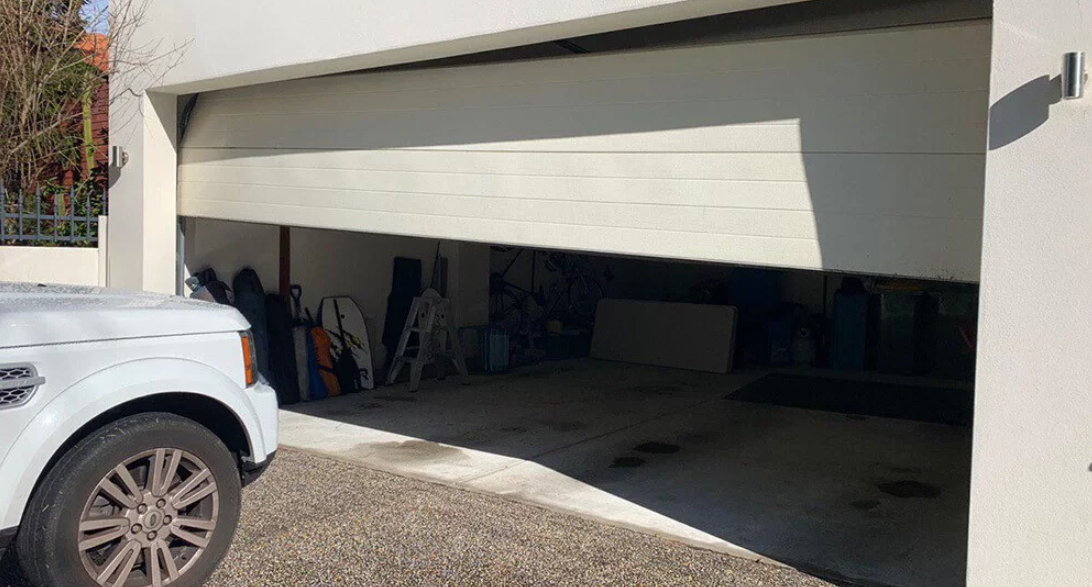In today’s digital age, video editing has become a crucial skill for both professionals and hobbyists. Cropping MP4 videos is one of the most common editing tasks, whether you’re trimming unnecessary parts, adjusting the aspect ratio, or focusing on specific areas of the frame. Luckily, you can easily crop MP4 videos online without the need for expensive software or complex processes. In this article, we’ll guide you on how to crop MP4 videos on different platforms, including Windows, Mac, and mobile devices. For a seamless experience, check out How to Easily Crop MP4 Videos Online, on Windows, Mac, and Mobile? to discover the best tools available.
Why Crop MP4 Videos?
Cropping an MP4 video can be necessary for a variety of reasons, including:
- Removing unwanted sections: Cutting out unnecessary parts can make your video more concise and focused.
- Adjusting the aspect ratio: Cropping can help to fit a specific aspect ratio, especially when preparing videos for social media platforms.
- Enhancing composition: By cropping the video, you can emphasize the subject or important details in the frame.
- Improving visual aesthetics: Cropping out distractions and clutter can lead to a more professional-looking video.
How to Crop MP4 Videos on Windows
Windows users have several options to crop MP4 videos, whether you prefer desktop software or online tools:
- Using CapCut: CapCut is a free and powerful online video editor that works seamlessly on Windows. Simply upload your MP4 file, select the cropping tool, and adjust the frame to your desired size. It’s quick, simple, and doesn’t require installing any software.
- Using VLC Media Player: VLC allows basic video cropping features. However, the process may be a bit more complex compared to online tools.
How to Crop MP4 Videos on Mac
Mac users also have access to several easy-to-use cropping tools:
- Using iMovie: iMovie is a built-in video editor for Mac that allows users to crop MP4 videos. You can import your video, adjust the crop frame, and export the final version easily.
- Using CapCut: CapCut’s online tool works perfectly on Mac as well. It offers an intuitive interface that helps you crop your video with precision.
How to Crop MP4 Videos on Mobile Devices
If you prefer editing videos on your phone, there are a variety of mobile apps available to crop MP4 videos:
- Using CapCut App: CapCut’s mobile app is highly rated for both Android and iOS devices. It allows you to crop MP4 videos efficiently on the go.
- Using InShot: Another popular app that provides simple video cropping tools, InShot is available on both Android and iOS platforms.
Conclusion
Whether you’re on Windows, Mac, or mobile, cropping MP4 videos has never been easier. By using tools like CapCut, you can achieve professional results without complicated processes. Try out these methods today and start editing your videos with ease!






